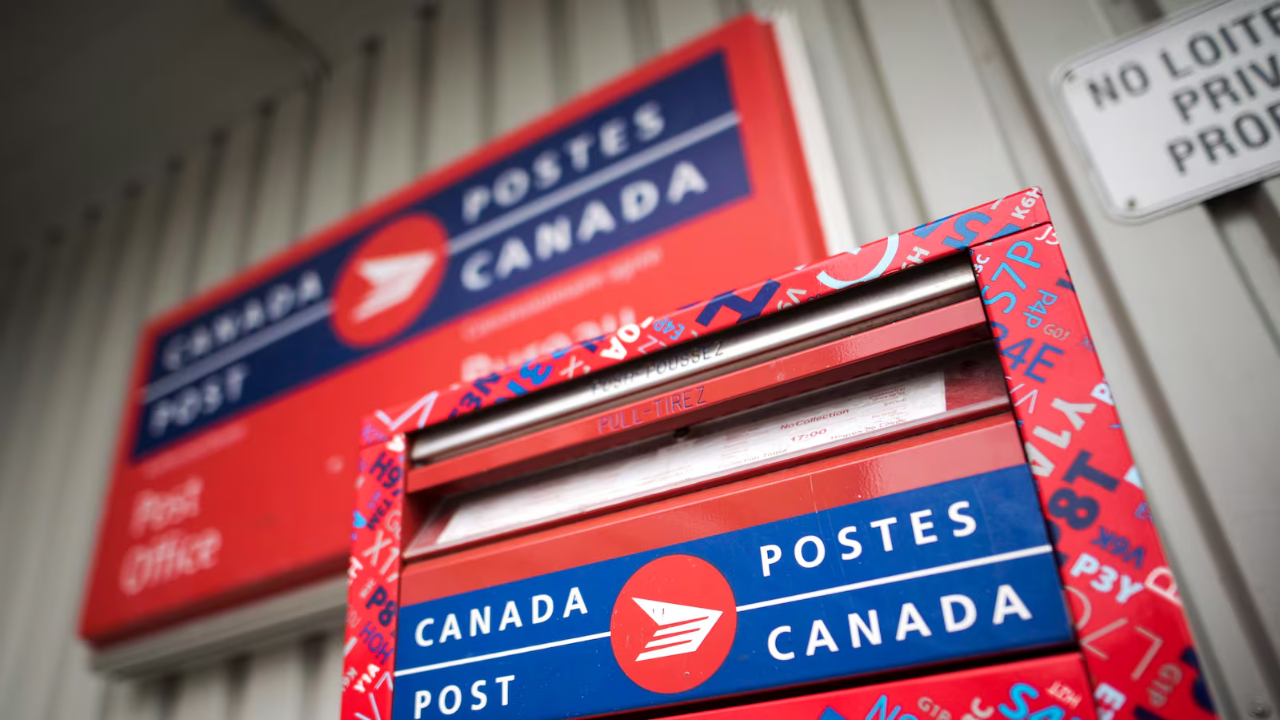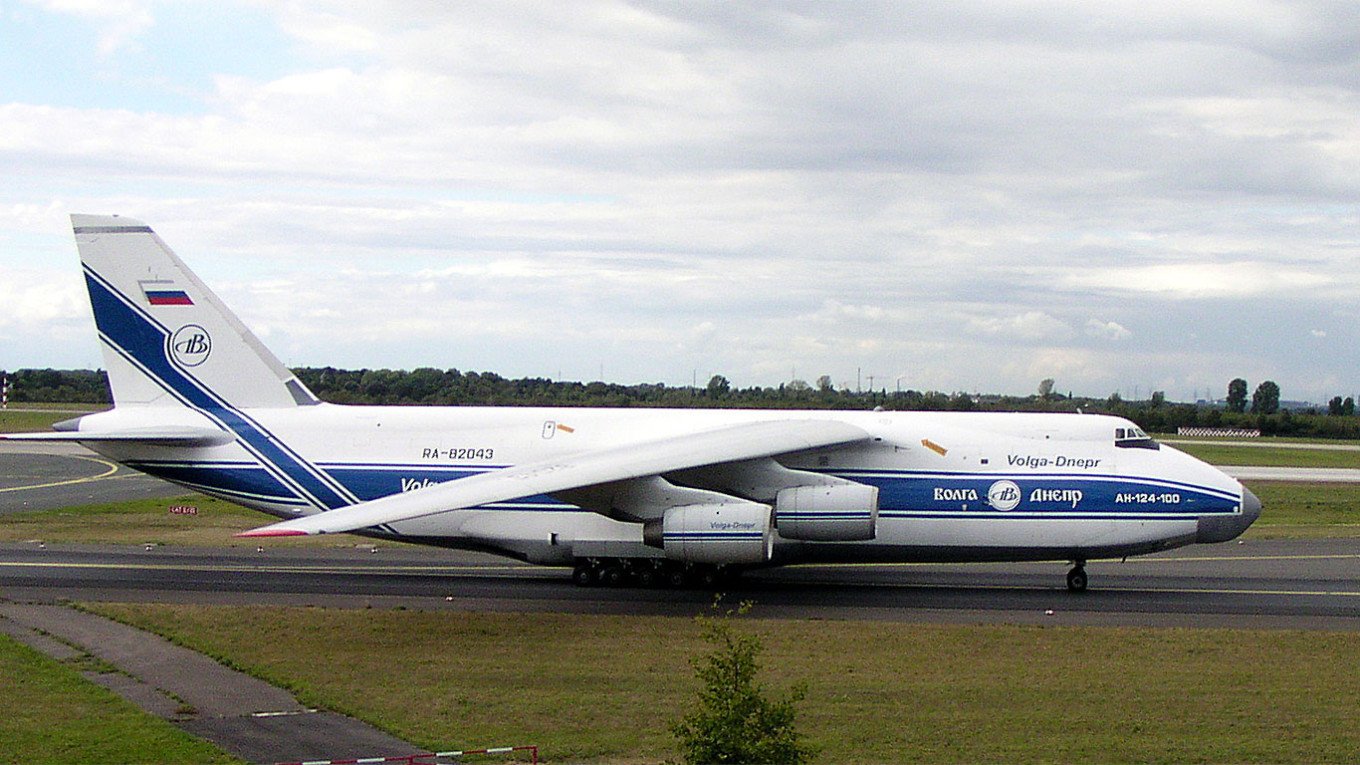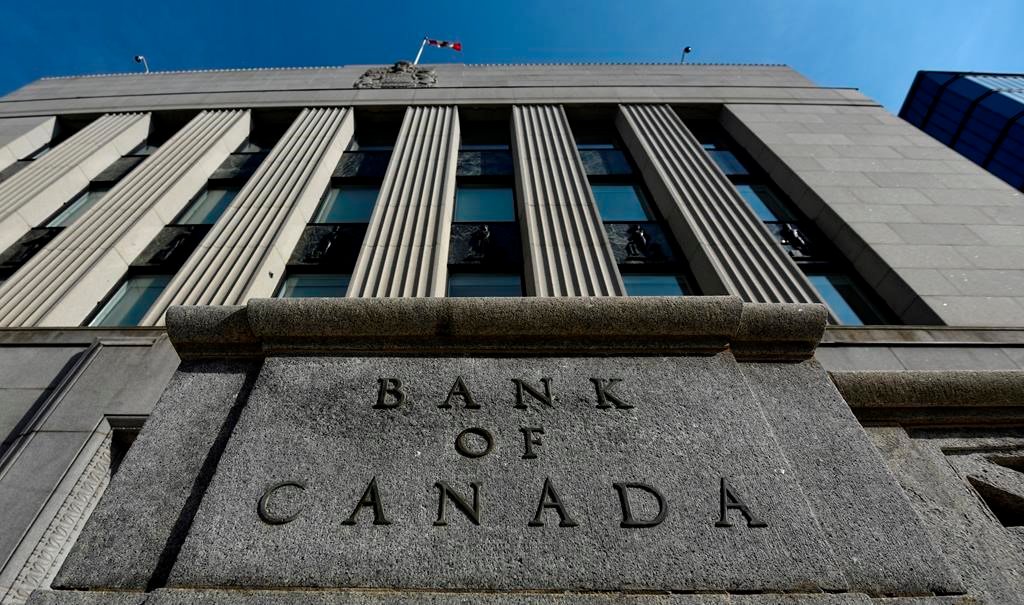Union Strategy Shifts
The Canadian Union of Postal Workers (CUPW) confirmed that employees will return to work on a regional schedule, hoping to pressure Ottawa without completely stopping mail flow.
Union President Jan Simpson said the approach “keeps the public on our side while showing the government we won’t back down.” The strike began after Canada Post announced plans to modernize its operations — including reduced door-to-door service and expanded community mailboxes — citing falling revenues and rising delivery costs.
Government Defends Reforms
The government insists the reforms are essential to make the postal service financially sustainable. A spokesperson for Public Services Minister Carla Qualtrough stated that digitization and delivery automation are “the only ways to ensure long-term survival.”
Union leaders disagree, arguing the changes will eliminate thousands of stable jobs and harm rural communities. They also accuse the government of ignoring worker safety and overburdening carriers.
Public Reaction Grows Louder
Canadians have expressed mixed feelings. Many support modernization but criticize the slow delivery of bills and medication. Small business owners have voiced frustration, warning that ongoing disruptions could damage the fall retail season.
Meanwhile, social media has seen a surge of solidarity campaigns supporting postal workers, with hashtags like #SaveCanadaPost trending nationwide.
A Test for Carney’s Leadership
Political analysts view the conflict as a test of Prime Minister Mark Carney’s ability to manage labor unrest. His administration has so far avoided direct intervention but faces mounting pressure to mediate.
Observers say the outcome could shape broader debates about public sector reform in Canada. As mail trucks roll out again, the strike’s next chapters will unfold under close national scrutiny.











